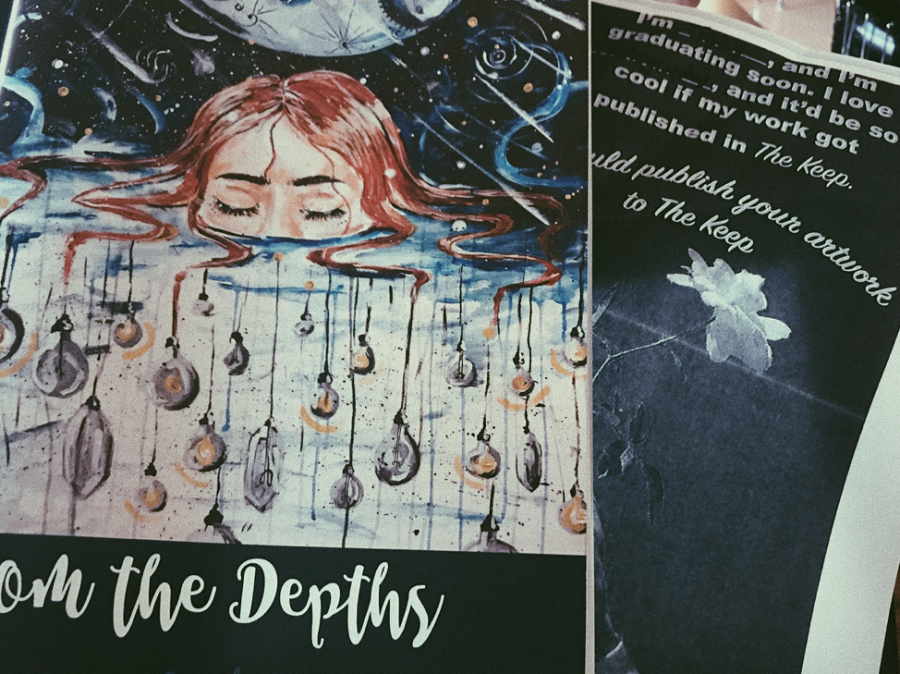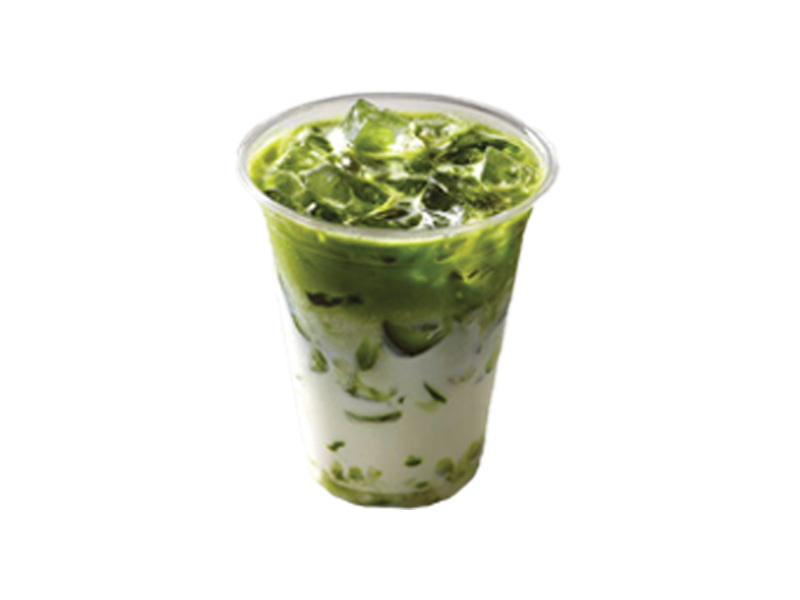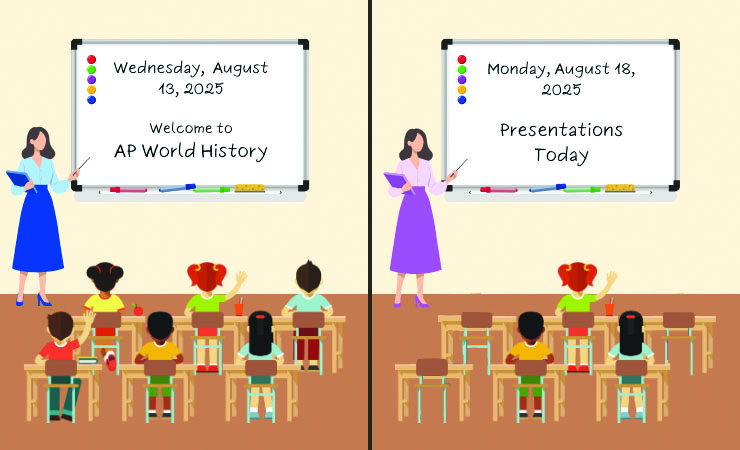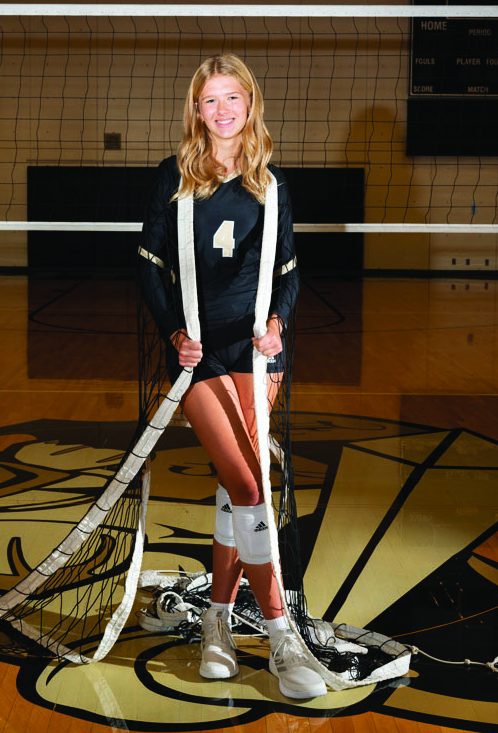The Keep: LSE’s Literary Magazine gets a new name but will be cut from next year’s schedule due to low enrollment
May 10, 2019
LSE’s Literary Magazine has been known as From the Depths for all current students, but is now taking on a new identity – The Keep.
“If you’re used to the way the Literary Magazine has looked in the past–when it was From the Depths, and a long time before that, The Runes, we think you’ll find The Keep to be a very different reading and visual experience,” LSE English teacher Samuel Segrist, who is this year’s new adviser for The Keep, said.
However, that new identity may be short-lived as the Literary Magazine class has been cut from next year’s schedule due to budgetary restrictions and low enrollment.
While the class is not removed as an option for students, the news that it will not be available next year is disappointing for many students who enjoy creative writing and assembling a compilation of student work. Segrist believes this class is important, as it give students the opportunity to have their imaginative work showcased in a “bold, dynamic way”.
“It is one of the few classes a student can take where the individual’s artistic talents, thematic interests and technological skills are combined with the other students’ work to put together a complete work which is greater than what any one individual could accomplish on their own,” Segrist said.
The Keep receives hundreds of submissions from LSE students every year. However, if there is no one designing the layouts or finding ways to showcase the artwork, it cannot be published.
“The Literary Magazine is [a] valuable publication for Southeast because its purpose is fundamentally different and complementary to the other student publications,” Segrist said. “For example, the yearbook is an aesthetically-appealing historical document that aims to capture as much of the history, culture and people of Southeast. The newspaper seeks to provide a journalistic outlet for students to address current events, cultural changes and also human-interest stories. The Literary Magazine seeks to be a historical document which collects the best artistic expressions from both the magazine staff and the student body.”
Segrist wants to emphasize the showcasing that The Keep provides for the arts. Students are able to use their own freedom of expression to inspire or to shine light on the vastly different personalities that encapsulate the Southeast student body.
“If you give kids enough freedom and time to come up with something, they’ll often surprise you with something far better than what would have been rigidly assigned,” Segrist said. “[Students can] be impressed by the vibrancy and range of the creative works collected in an aesthetically appealing format. Even though there is such a range of ideas and artistic styles, it is our hope that people will find it to be a cohesive group.”
Segrist is excited that the first issue of The Keep will now exist in the physical world and hopes that students find that The Keep is a vital part of Southeast through its expression of culture, art and writing.
“I believe there were 145 unique pieces sent in last year, but about 75 students who submitted. This year, we had over 100 pieces and about 60 students submit. What we got was quality work,” Segrist said.
The Keep will be published in the following weeks, and students are encouraged to take a look and browse, as well as advocate for its tenure into the future.









